
Finding the right bra size can be a challenge, but it's an essential step towards ensuring that you're comfortable and properly supported. While it's always best to get professionally fitted, you can measure your own bra size at home.
How to Measure Bra size at Home
● First, measure your band size. Wrap a tape measure snugly around your ribcage, just under your bust. Make sure the tape is straight and parallel to the floor. Round the number to the nearest whole number. This is your band size.
● Next, measure your cup size. Measure around the fullest part of your bust, making sure the tape is straight and parallel to the floor. Round the number to the nearest whole number.
● Subtract your band size from your bust measurement. The difference between the two is your cup size. For example, if your bust measurement is 36 inches and your band size is 32 inches, the difference is 4 inches, which equates to a D cup.

● Keep in mind that different bra brands and styles may fit differently, so it's always best to try on a bra before purchasing. Additionally, if you lose or gain weight, your bra size may change, so it's important to re-measure every so often.
● It's also important to note that bra sizing can be subjective and varies depending on personal preference. What feels comfortable to one person may not be comfortable for another, so it's important to pay attention to how a bra feels and fits rather than relying solely on the number on the tag.
Measuring your bra size at home can be a helpful starting point, but it's always best to try on bras before purchasing to ensure the best fit. Remember to re-measure periodically and pay attention to how a bra feels and fits, as personal preference can vary.
The Consideration about Size Chart
Finding the right bra size is essential for comfort and support, but it can be confusing to know which size to choose. Bra size charts can be helpful tools to guide you in the right direction. Here are some key points to keep in mind when using a bra size chart:
Bra size charts typically include two measurements: band size and cup size. The band size is the measurement around the ribcage, just under the bust. The cup size is the difference between the band size and the measurement around the fullest part of the bust.

Bra size charts can vary depending on the brand and style of bra. It's important to check the specific size chart for the brand and style of bra you're interested in.
Many bra size charts provide a range of sizes, rather than just one specific size. This is because bra sizing can be subjective and may vary depending on personal preference.

When using a bra size chart, it's important to measure yourself accurately. Use a soft measuring tape and make sure the tape is straight and parallel to the floor. If possible, have someone else help you measure to ensure accuracy.
Keep in mind that a bra size chart is just a starting point. It's always best to try on a bra before purchasing to ensure the best fit. If you're unsure about your size, consider visiting a professional fitter for a more accurate measurement.

If you're in between sizes, it's generally best to round up to the nearest whole size for the band and down to the nearest whole size for the cup.
In conclusion, bra size charts can be helpful tools for finding the right bra size, but they're not foolproof. It's important to measure yourself accurately, check the specific size chart for the brand and style of bra you're interested in, and try on a bra before purchasing. If you're unsure about your size, consider visiting a professional fitter for a more accurate measurement. With the right size and fit, you can enjoy comfort and support all day long.

Bra Size Example of Most Cup
Understanding your bra size is key to finding the right bra for your body type and personal preferences. Here are some bra size examples to help you understand how bra sizes work:
● If your band measurement is 34 inches and your bust measurement is 36 inches, your bra size would be 34B. This means that the band size is 34 and the cup size is B, which represents a difference of two inches between the band and bust measurements.
● If your band measurement is 32 inches and your bust measurement is 38 inches, your bra size would be 32D. This means that the band size is 32 and the cup size is D, which represents a difference of six inches between the band and bust measurements.

● If your band measurement is 36 inches and your bust measurement is 39 inches, your bra size would be 36C. This means that the band size is 36 and the cup size is C, which represents a difference of three inches between the band and bust measurements.
● If your band measurement is 30 inches and your bust measurement is 33 inches, your bra size would be 30A. This means that the band size is 30 and the cup size is A, which represents a difference of three inches between the band and bust measurements.
● If your band measurement is 38 inches and your bust measurement is 42 inches, your bra size would be 38D. This means that the band size is 38 and the cup size is D, which represents a difference of four inches between the band and bust measurements.

● If your band measurement is 34 inches and your bust measurement is 40 inches, your bra size would be 34DD. This means that the band size is 34 and the cup size is DD, which represents a difference of six inches between the band and bust measurements.
● If your band measurement is 32 inches and your bust measurement is 36 inches, your bra size would be 32B. This means that the band size is 32 and the cup size is B, which represents a difference of four inches between the band and bust measurements.
● If your band measurement is 40 inches and your bust measurement is 45 inches, your bra size would be 40E. This means that the band size is 40 and the cup size is E, which represents a difference of five inches between the band and bust measurements.
● If your band measurement is 28 inches and your bust measurement is 31 inches, your bra size would be 28A. This means that the band size is 28 and the cup size is A, which represents a difference of three inches between the band and bust measurements.

● If your band measurement is 36 inches and your bust measurement is 44 inches, your bra size would be 36F. This means that the band size is 36 and the cup size is F, which represents a difference of eight inches between the band and bust measurements.
In Conclusion
Bra sizes are typically expressed as a combination of a band size and a cup size, which represent the measurements around the ribcage and fullest part of the bust, respectively. Bra size examples can help you understand how to determine your own size, but it's important to measure yourself accurately and consider personal preferences and bra style when selecting a bra . With the right size and fit, you can enjoy comfort and confidence all day long.


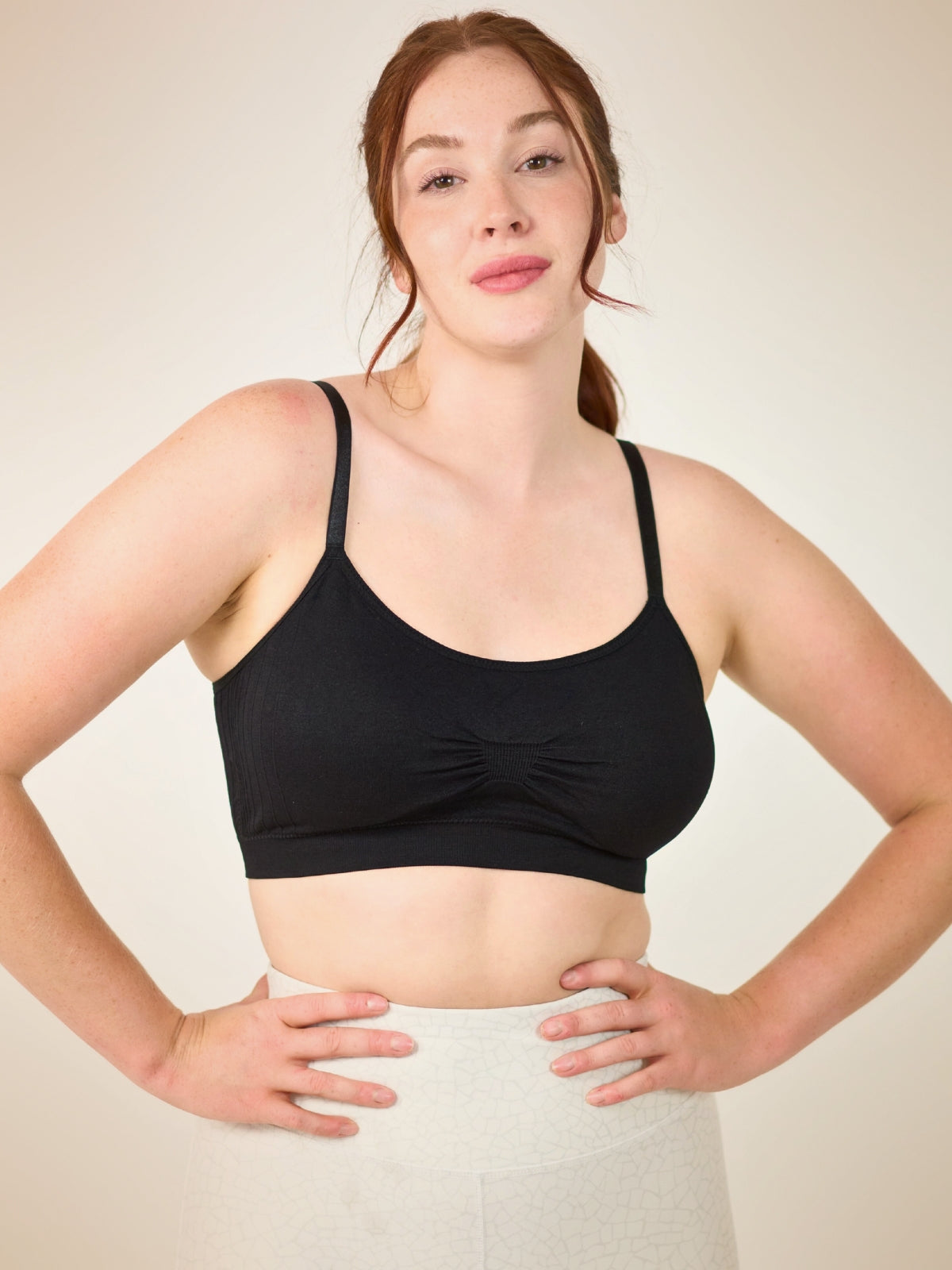
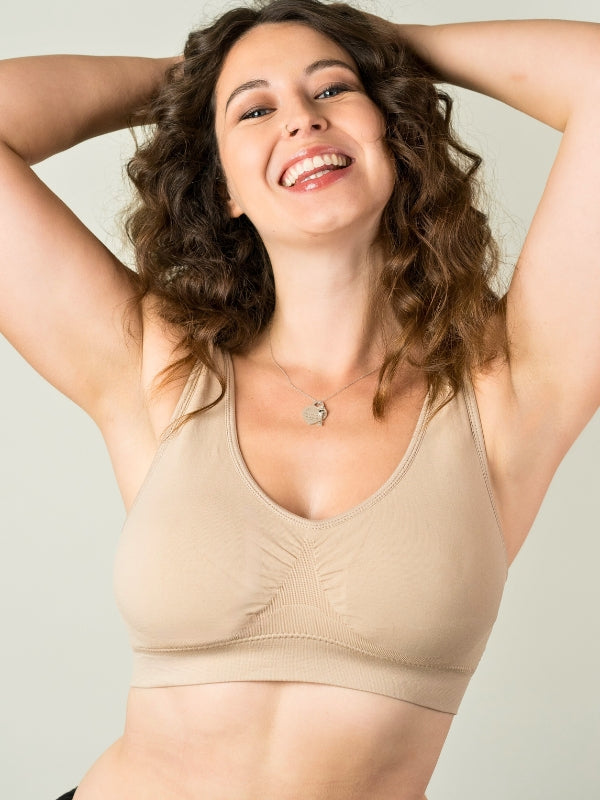
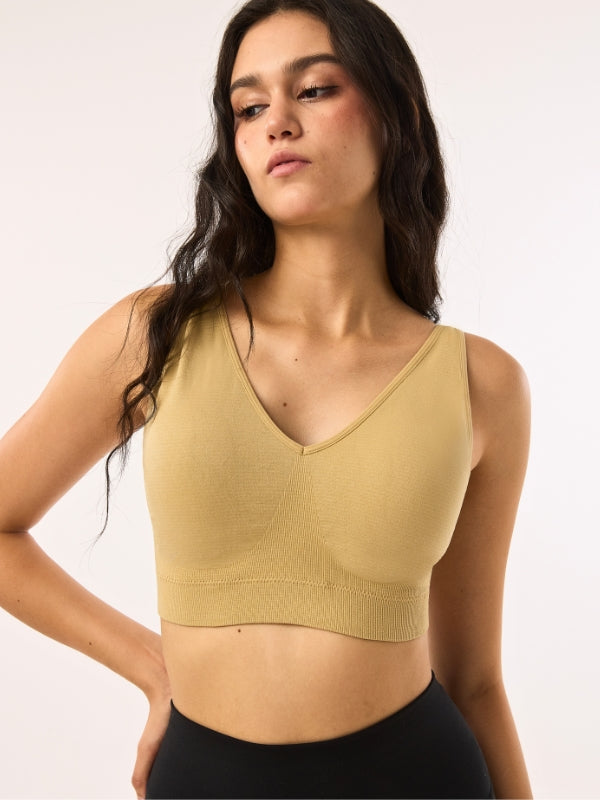
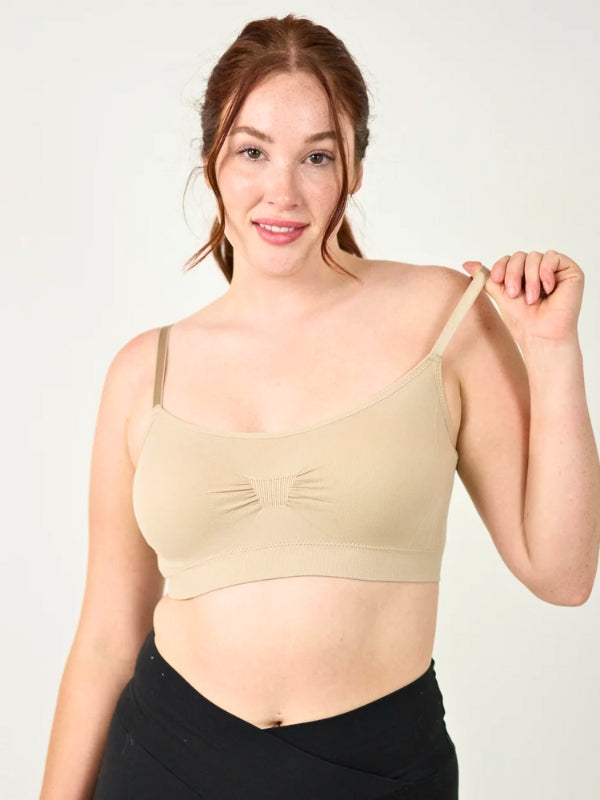
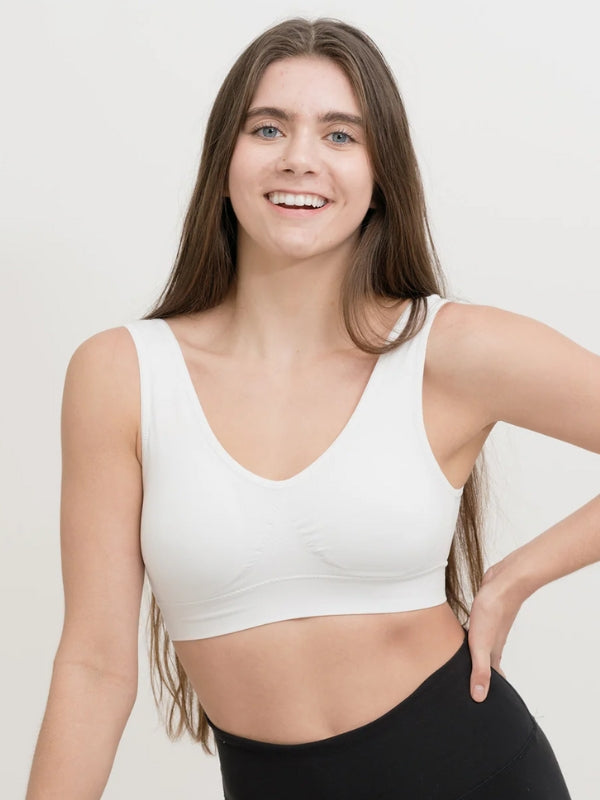
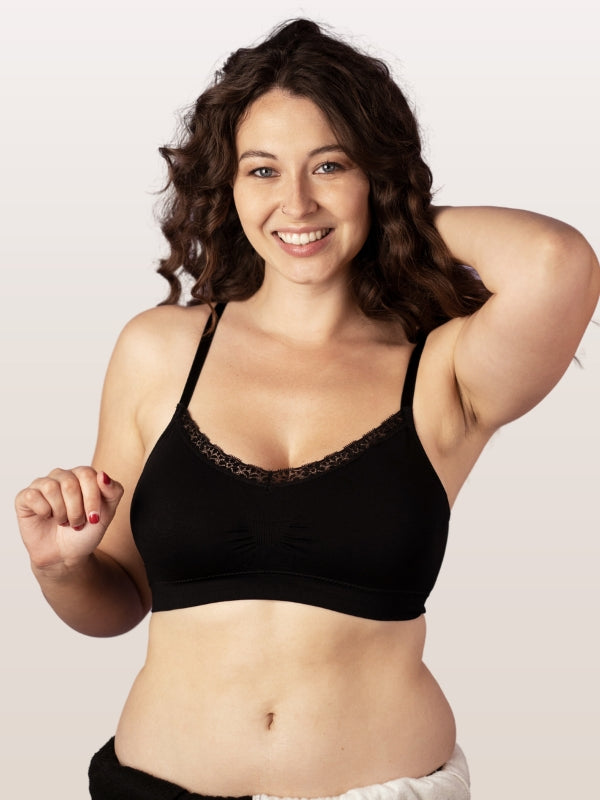
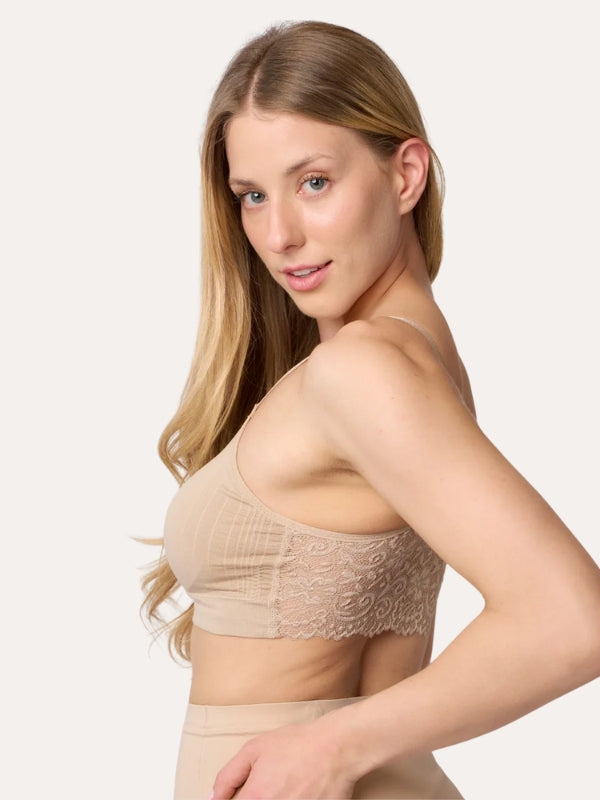
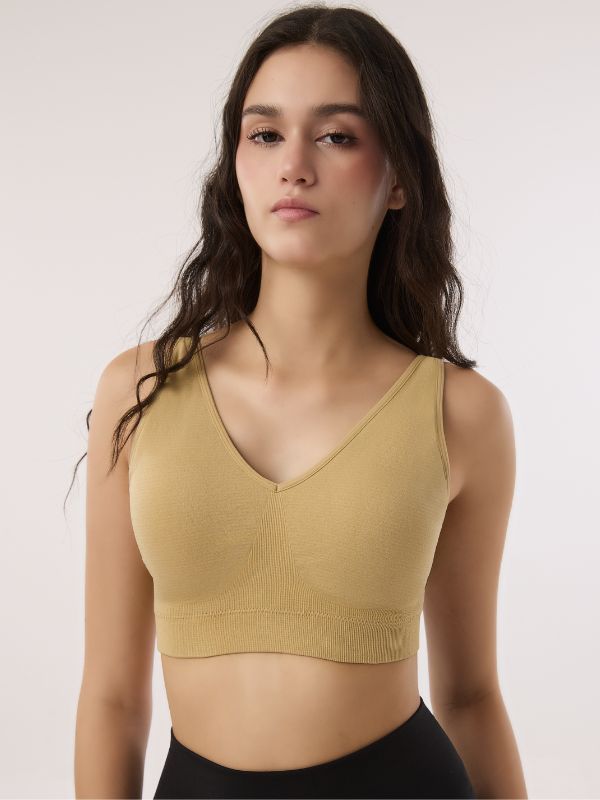
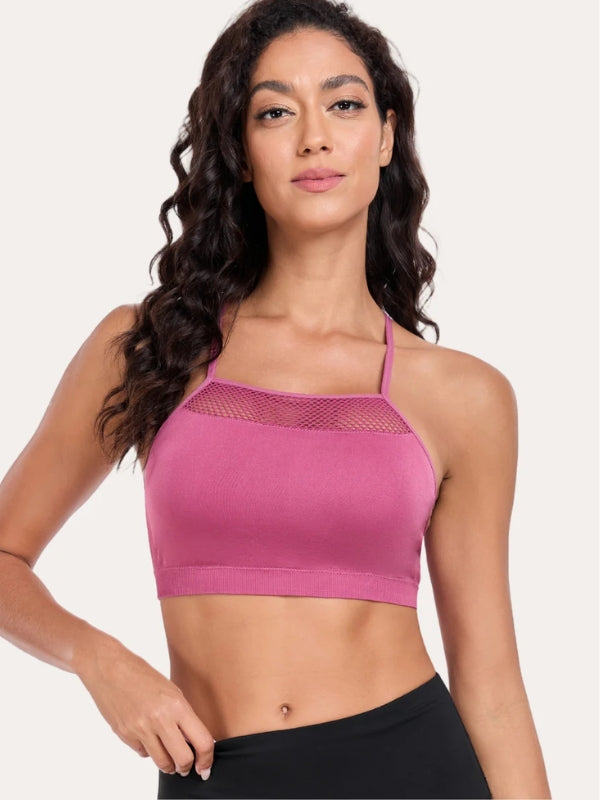
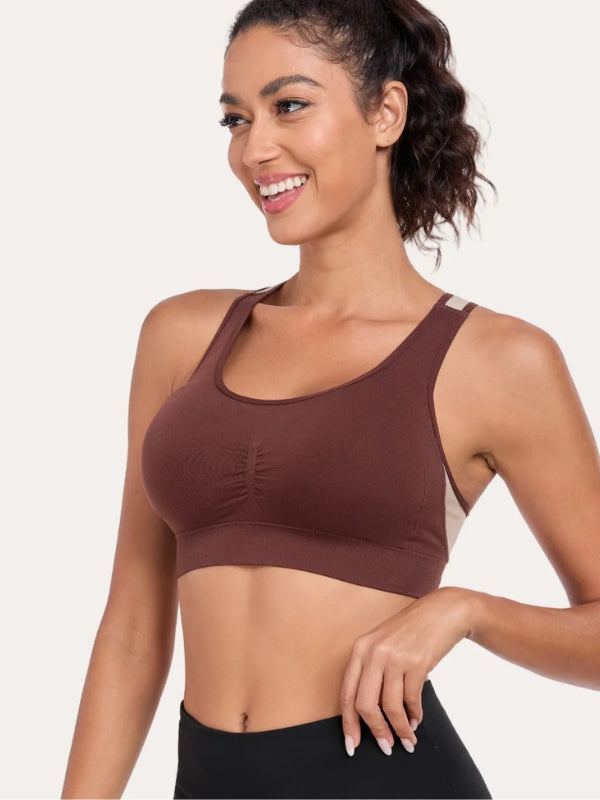
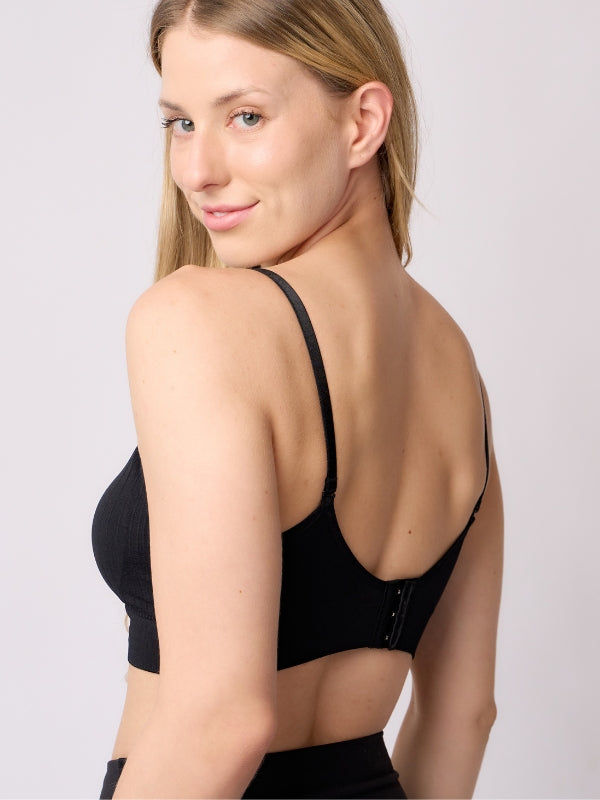
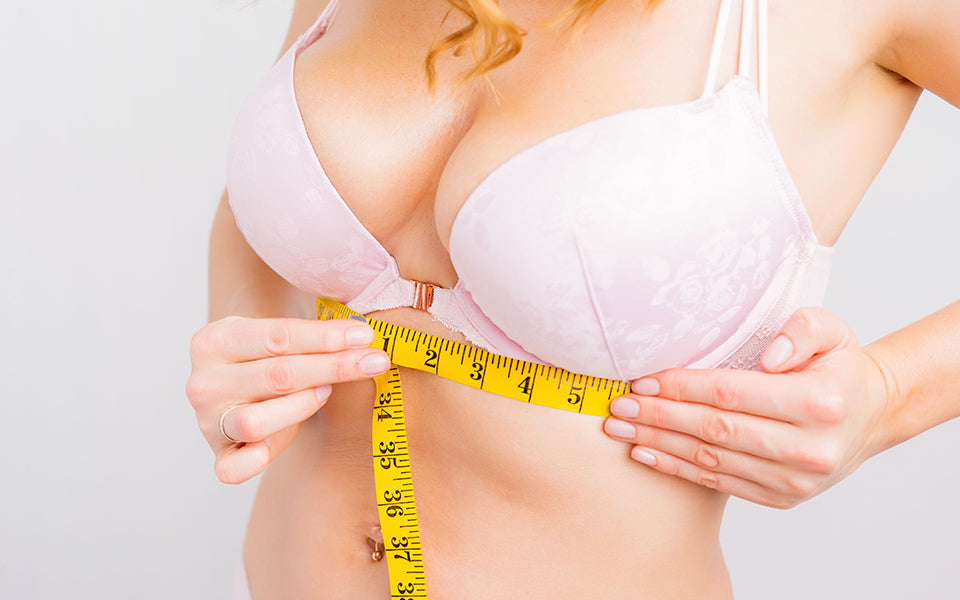

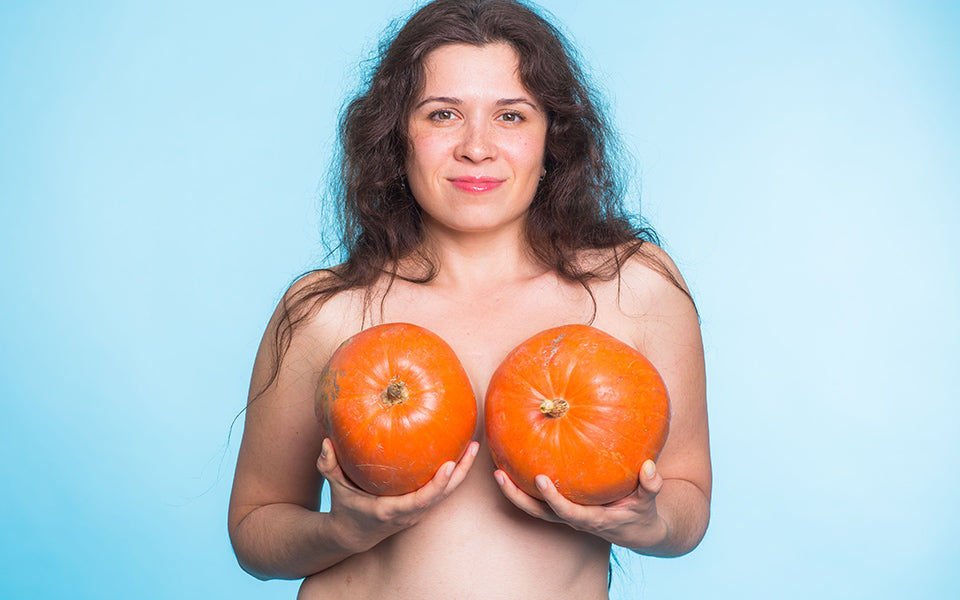
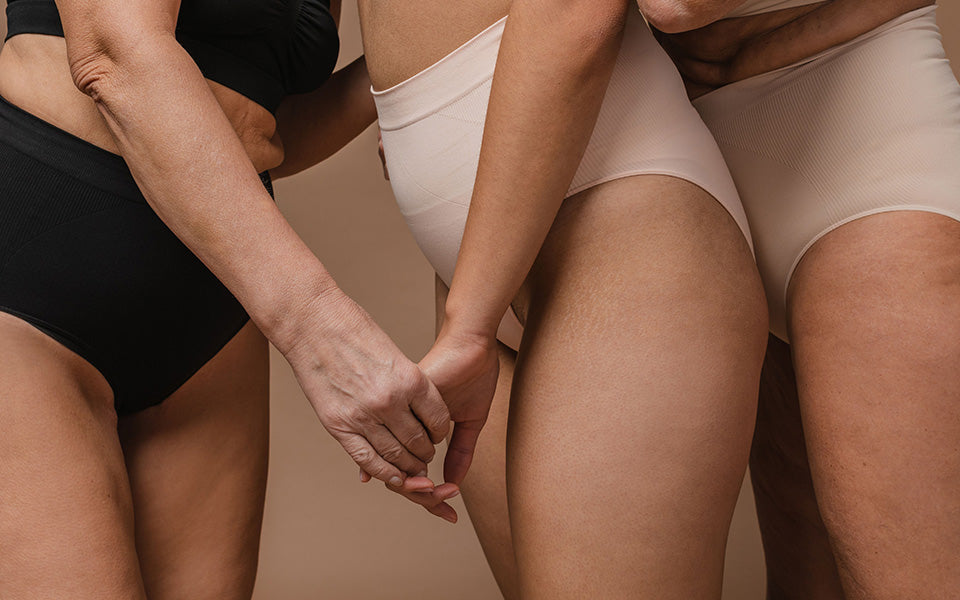
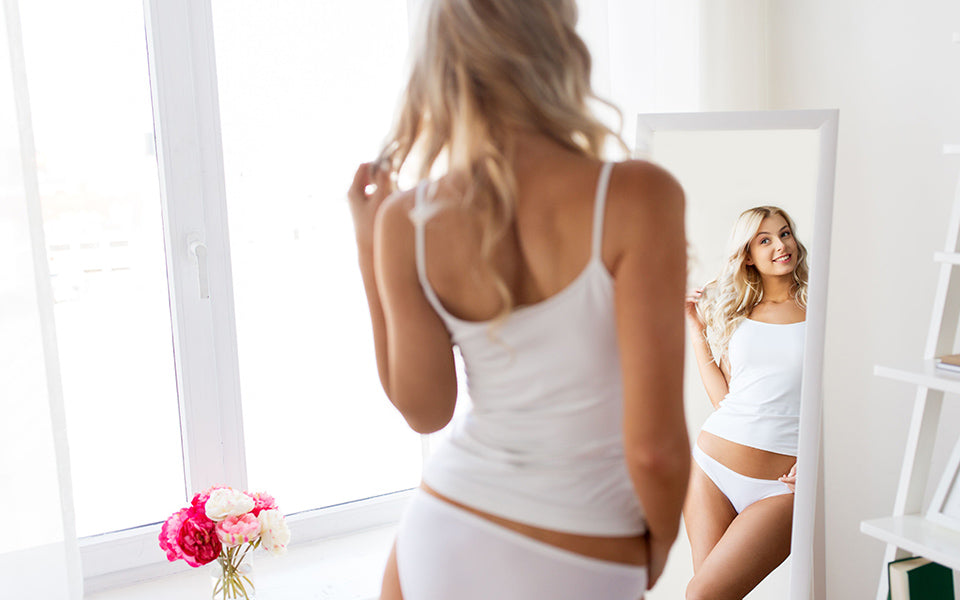
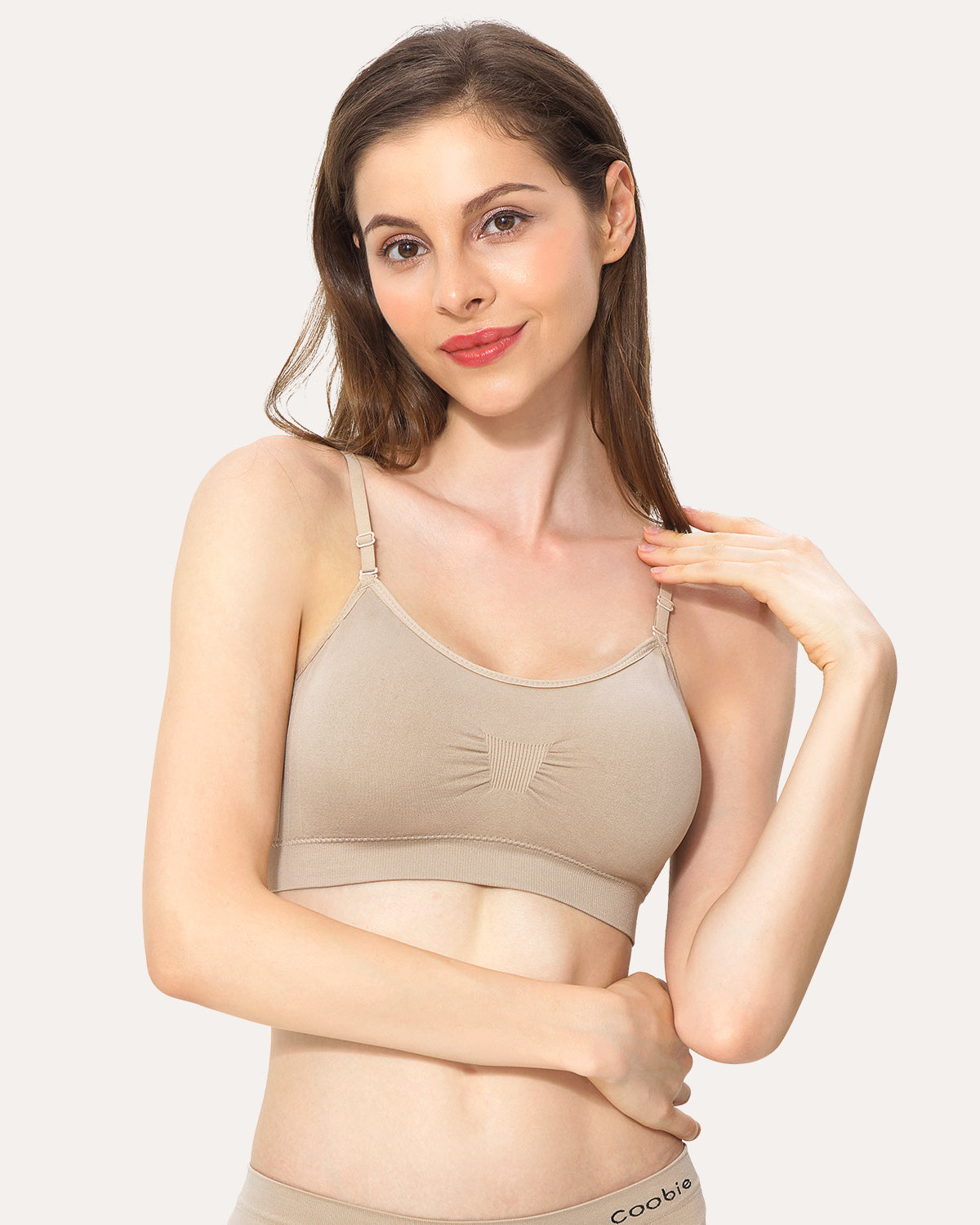
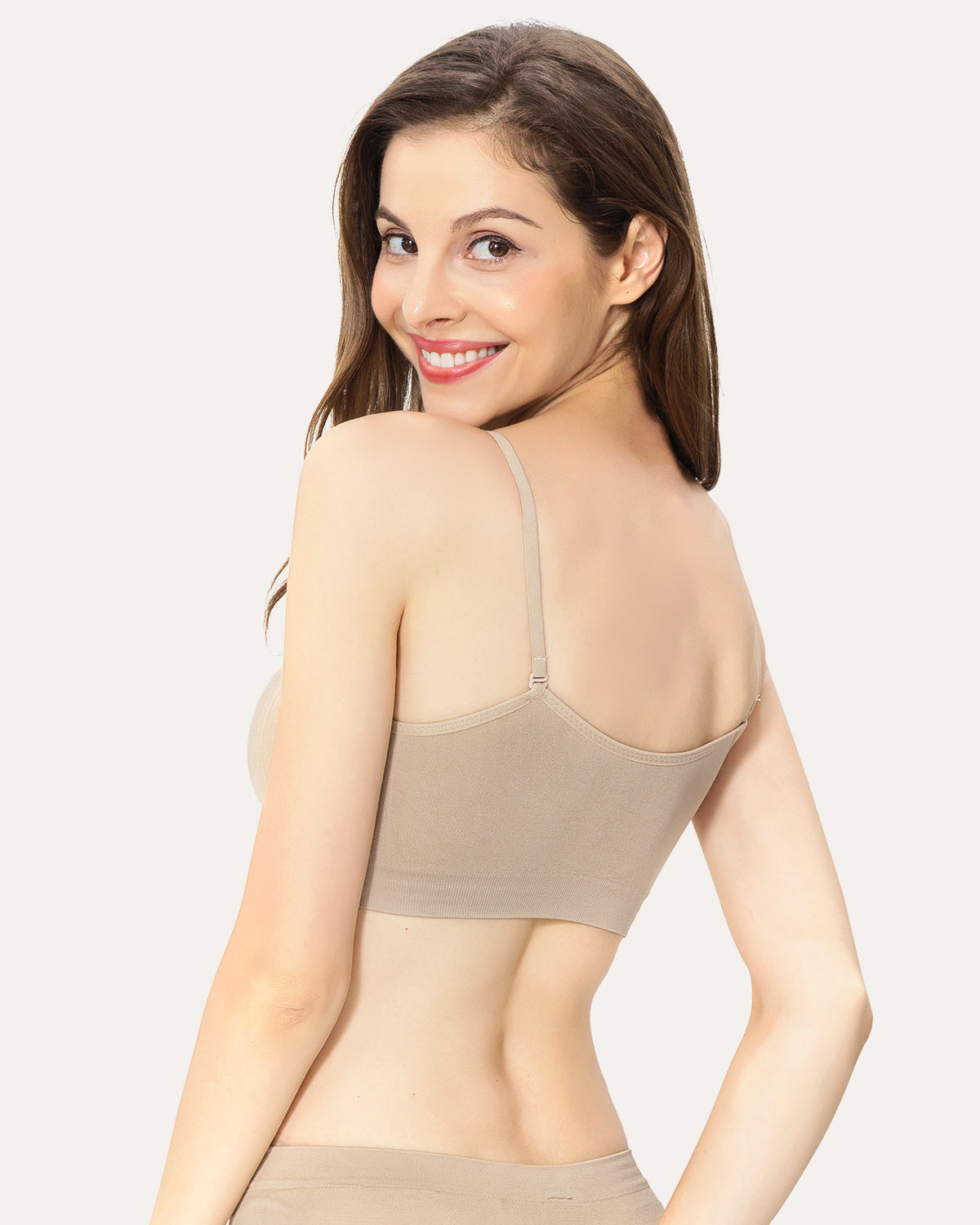
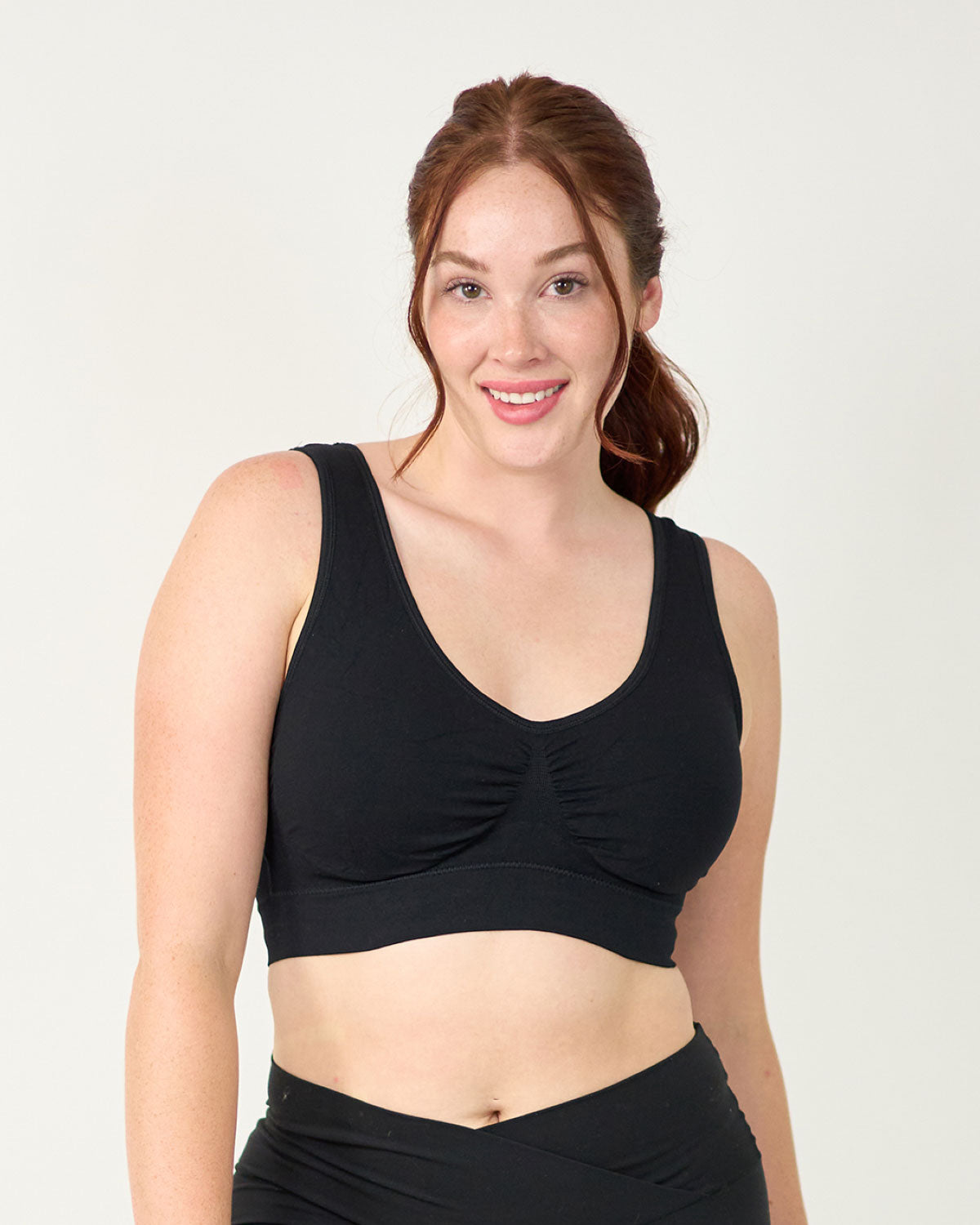
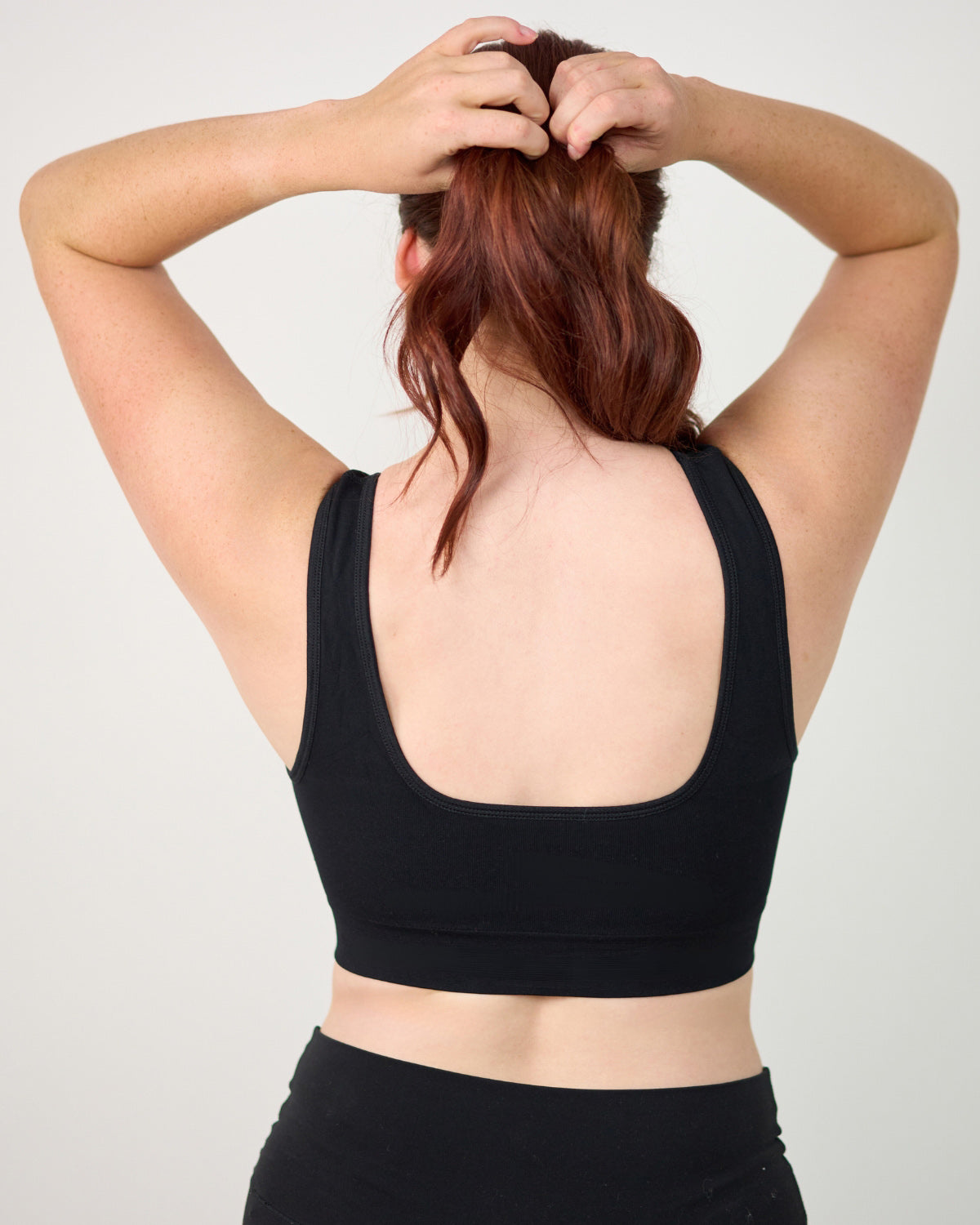
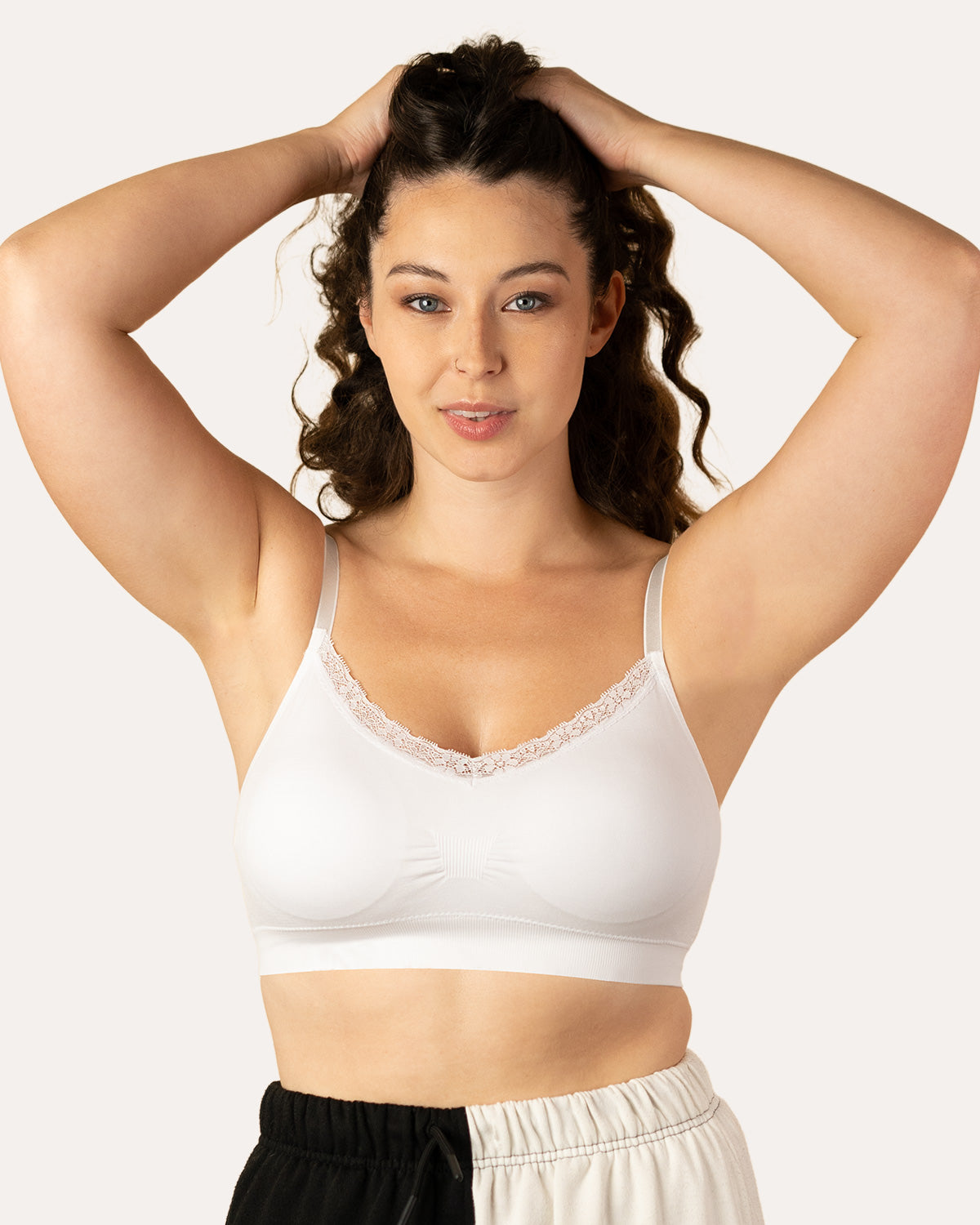
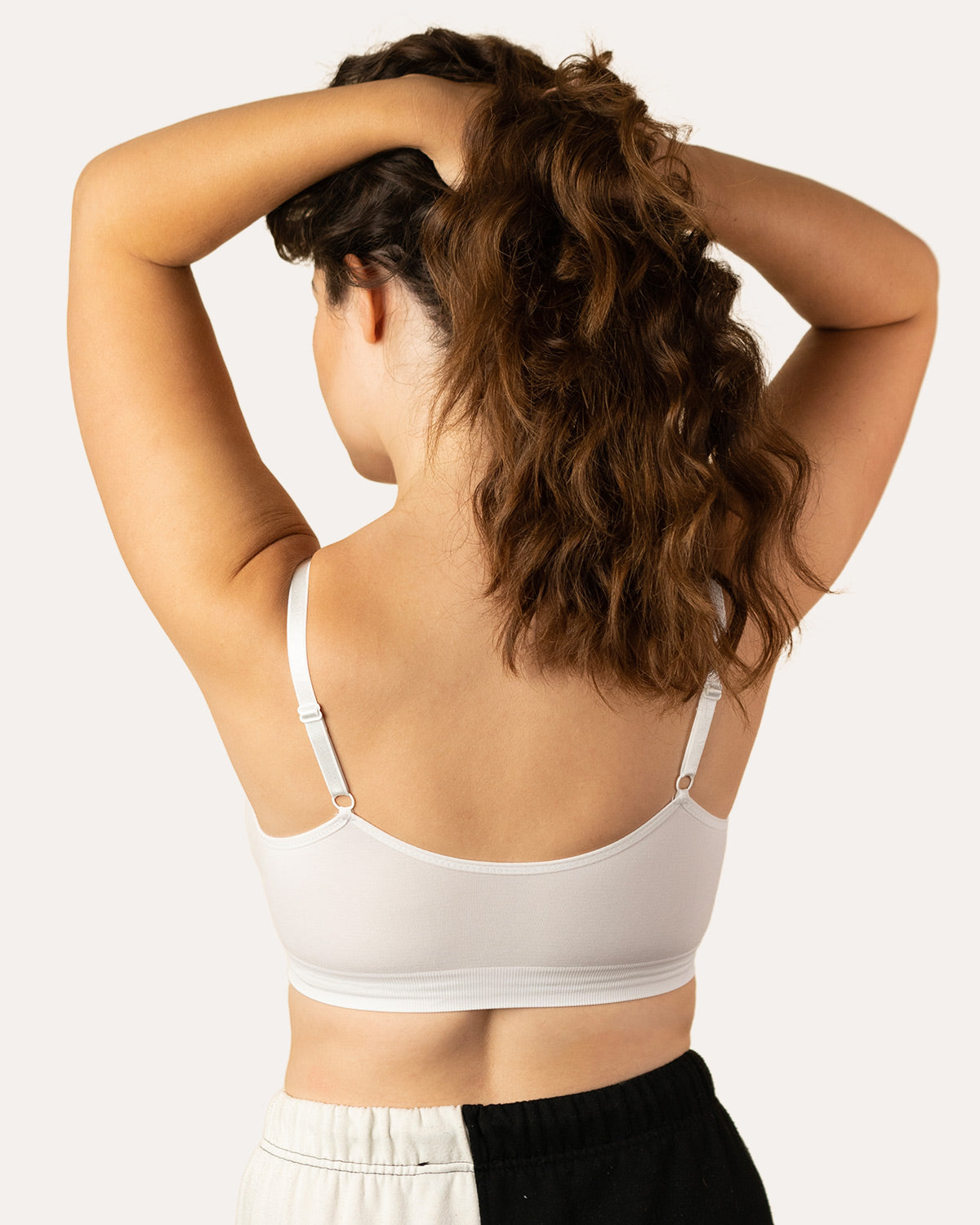
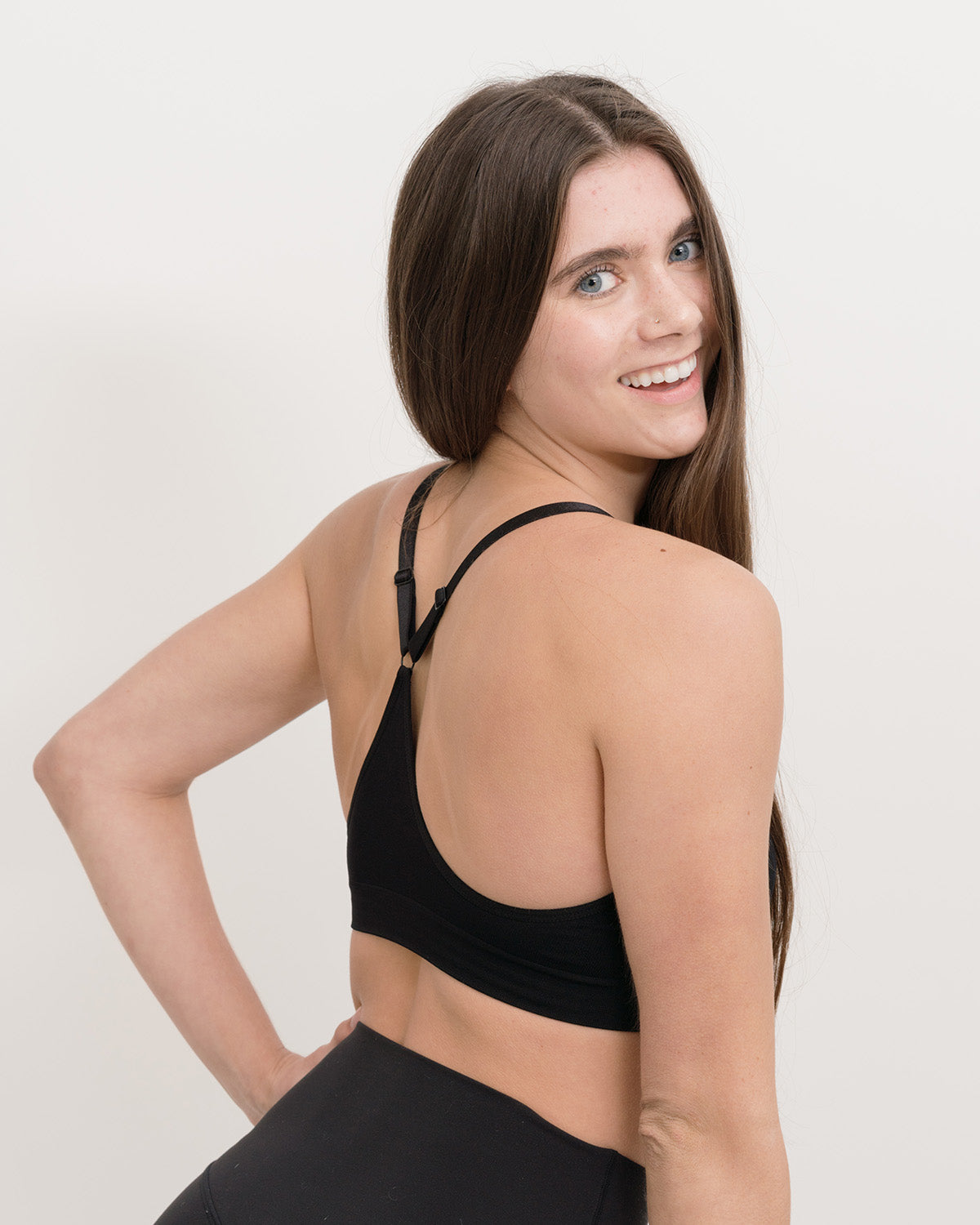
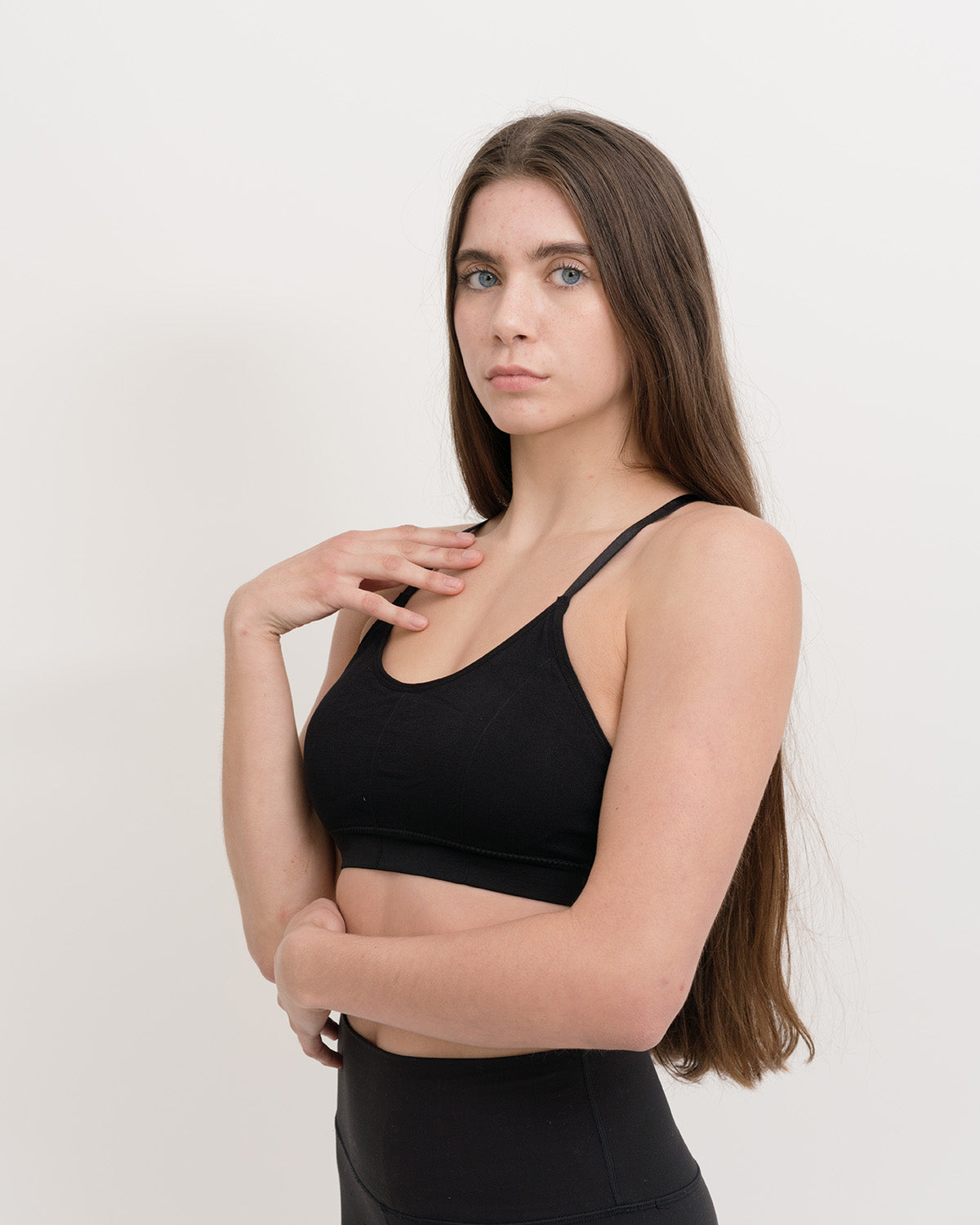
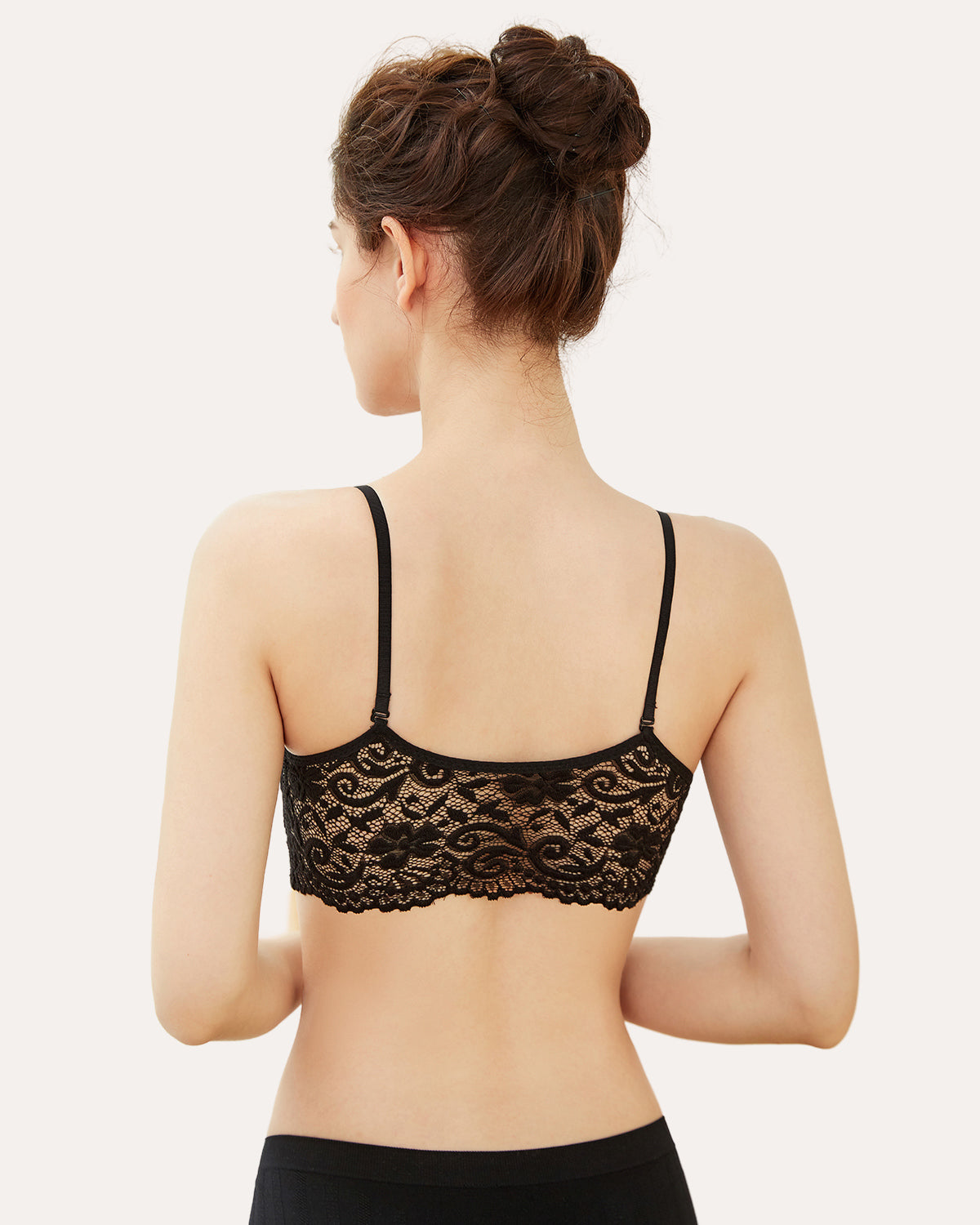
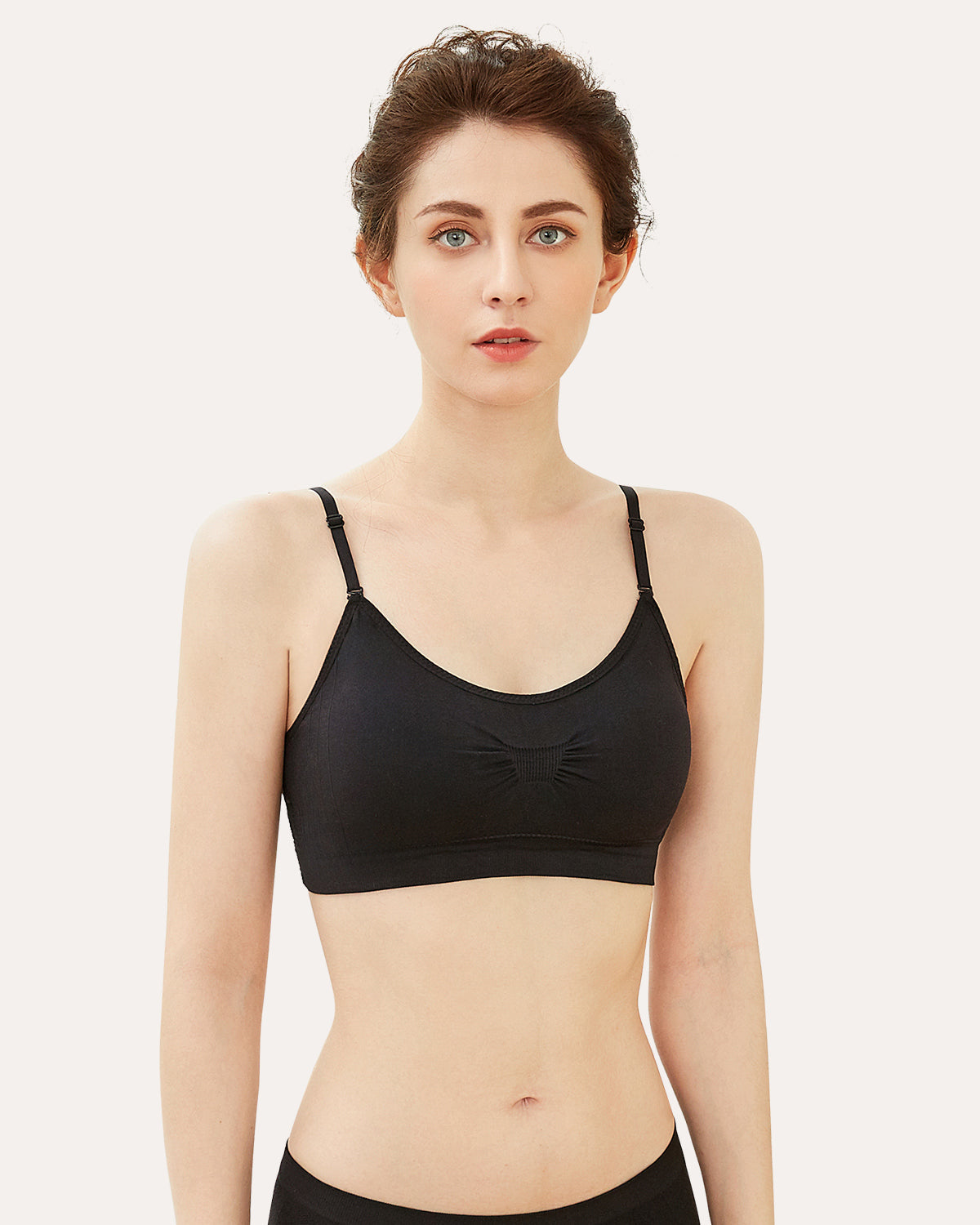
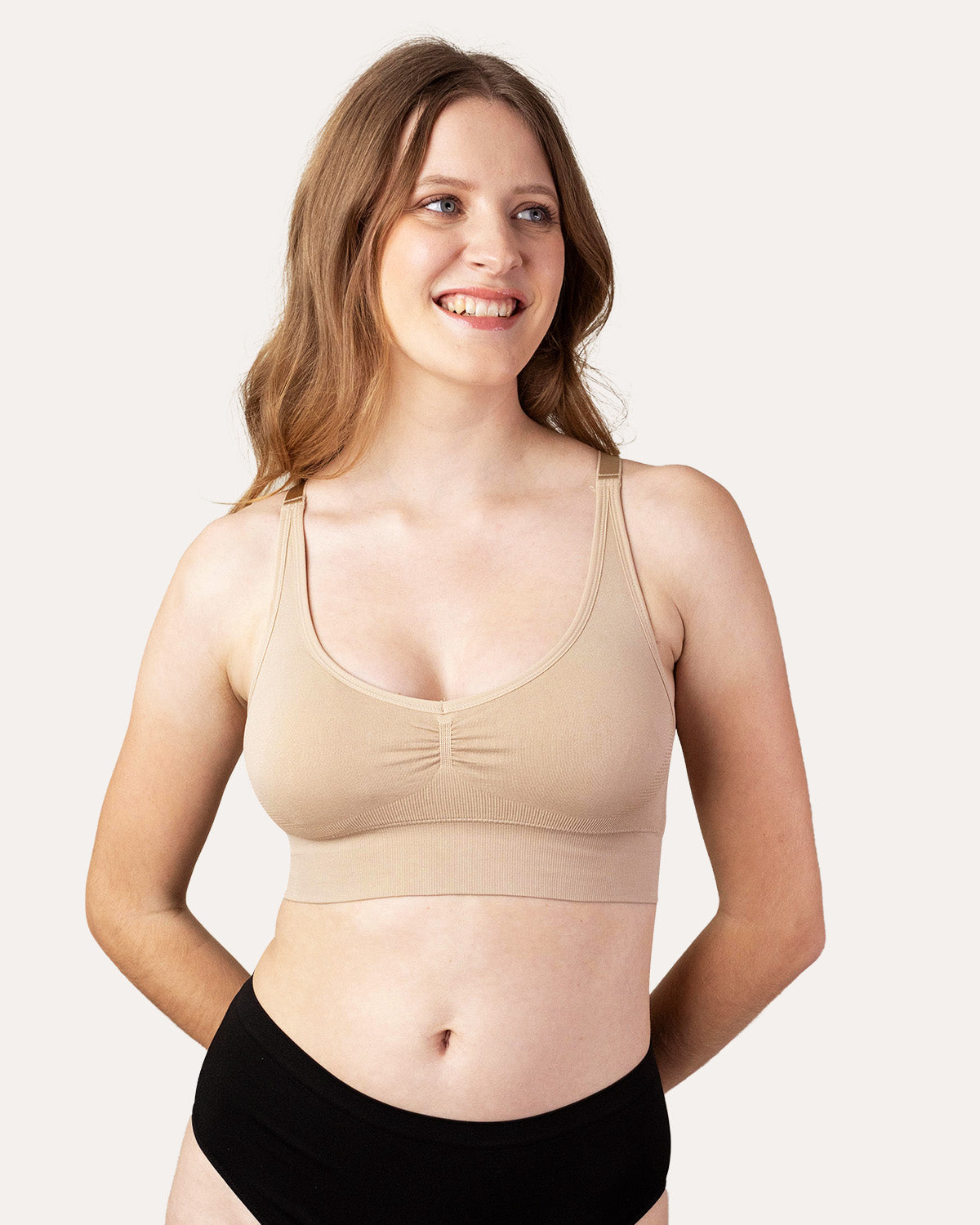
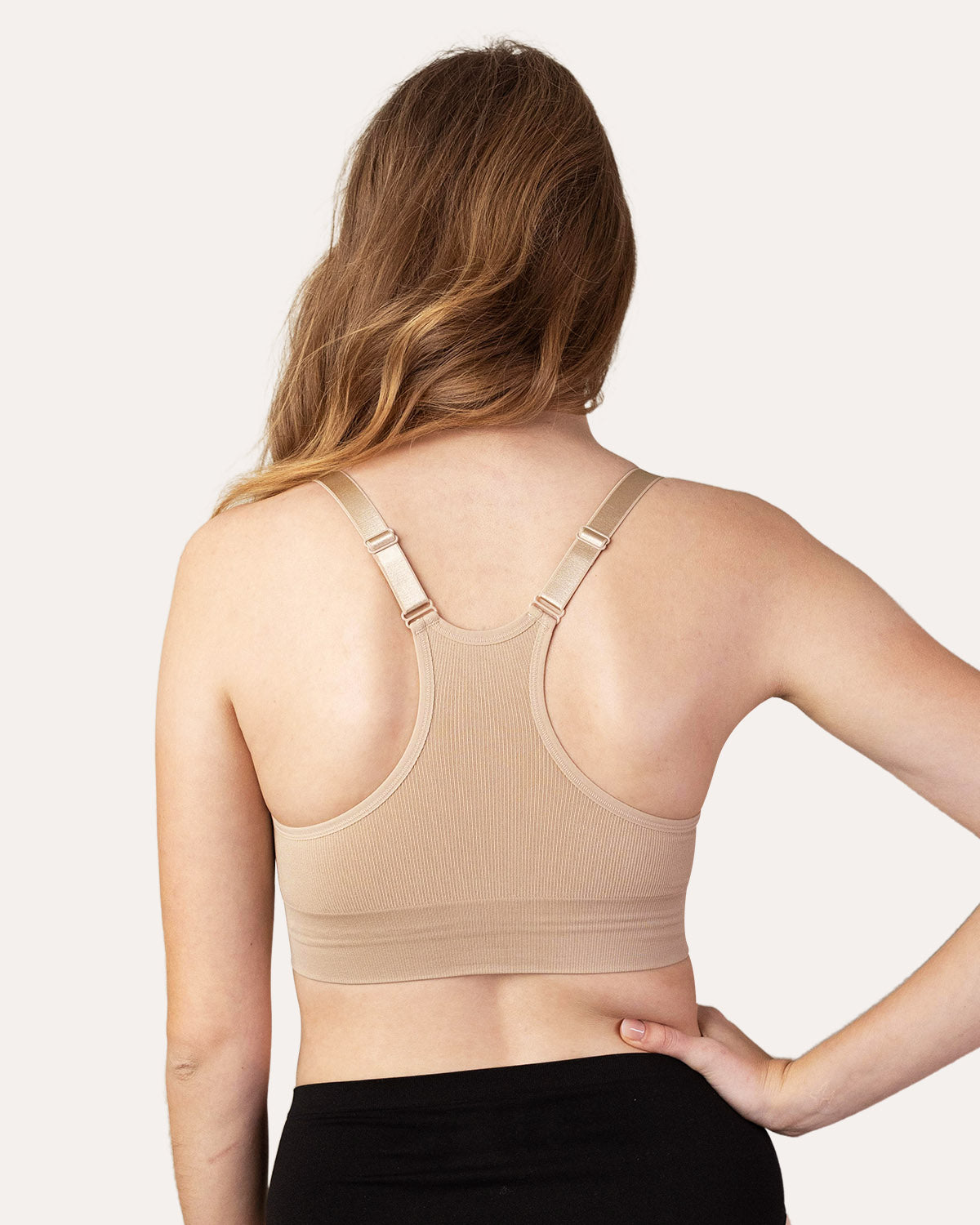
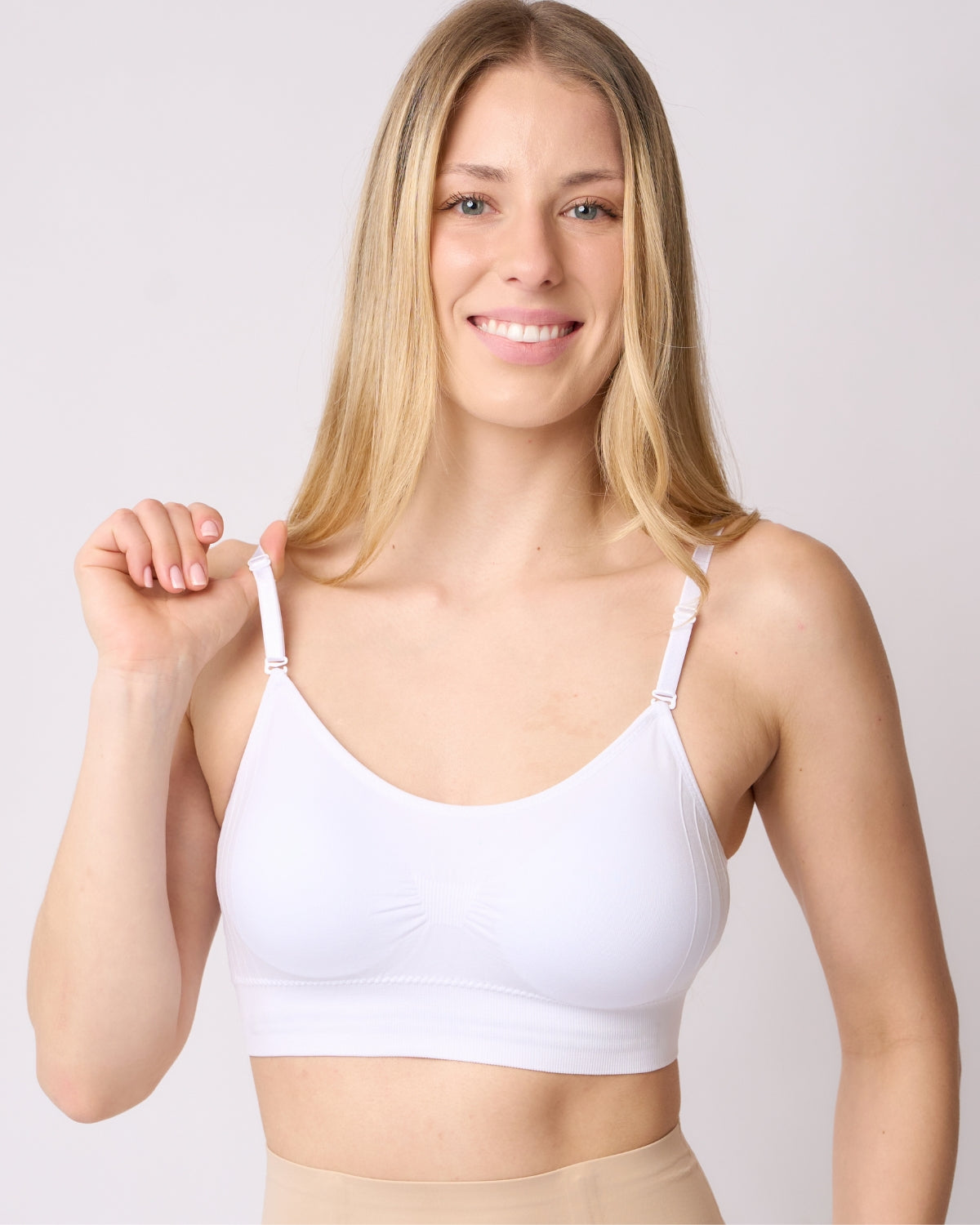
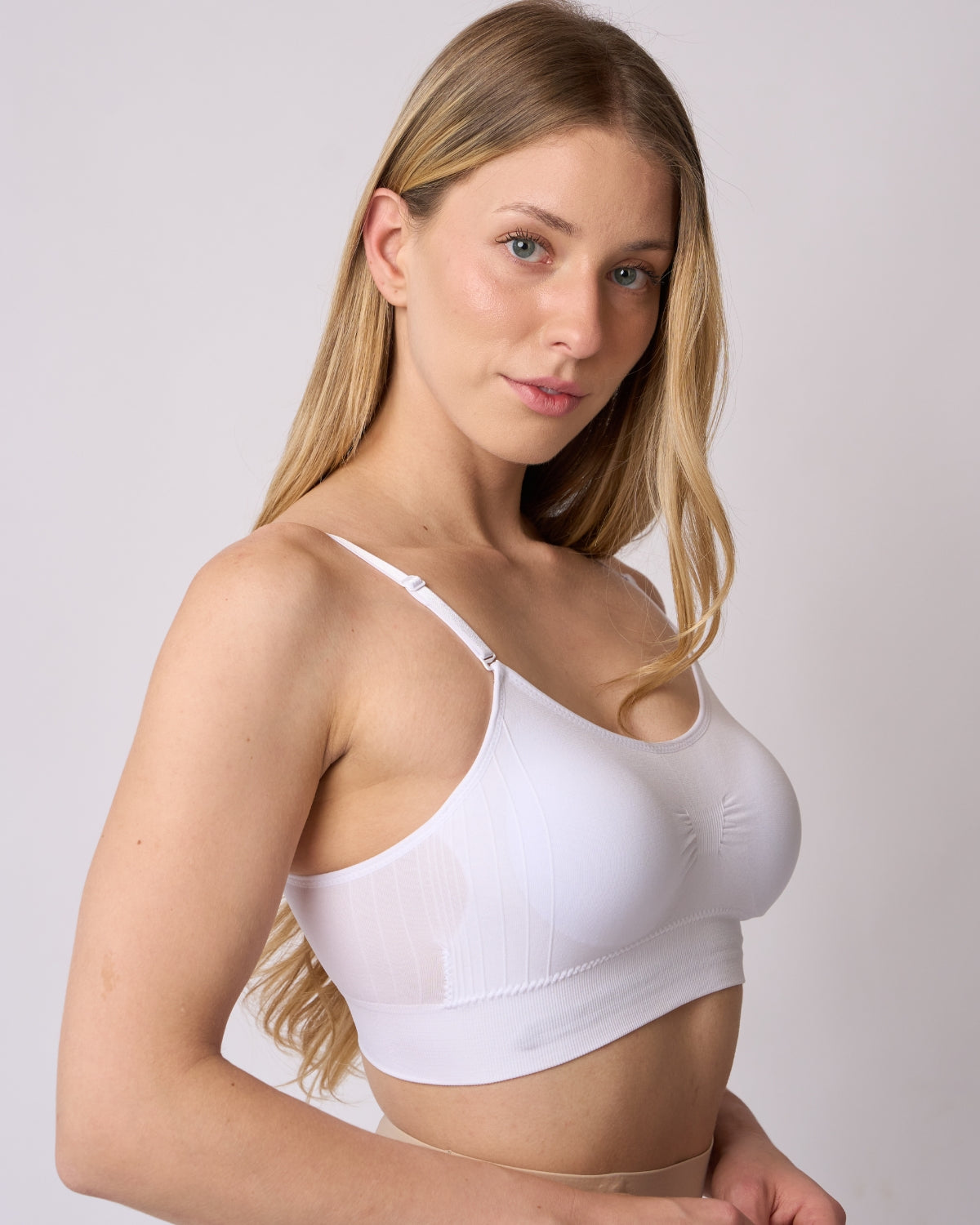
Leave a comment
This site is protected by hCaptcha and the hCaptcha Privacy Policy and Terms of Service apply.